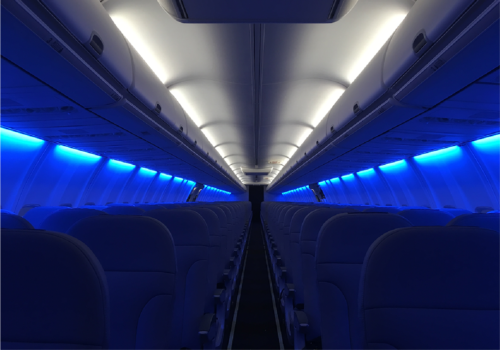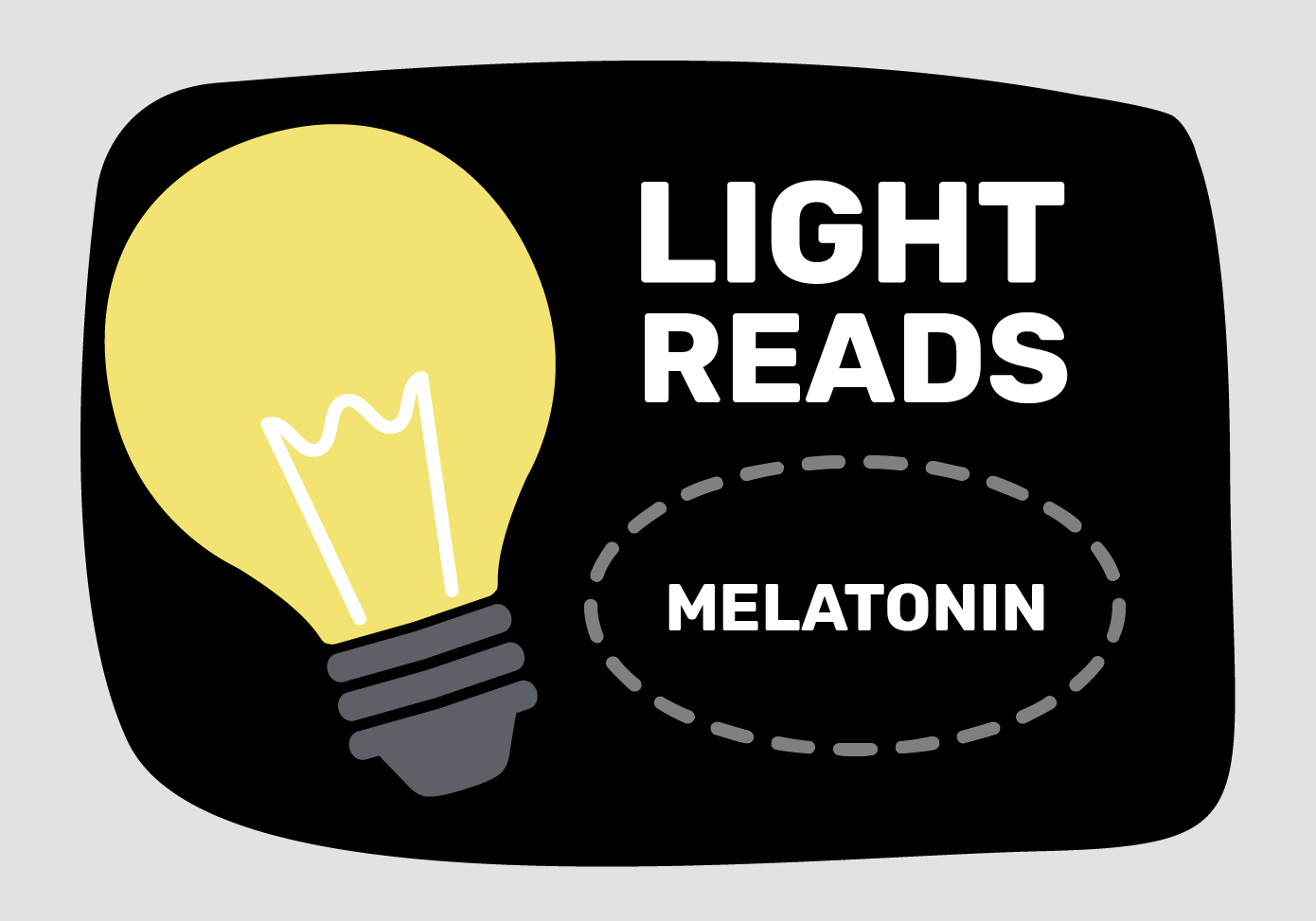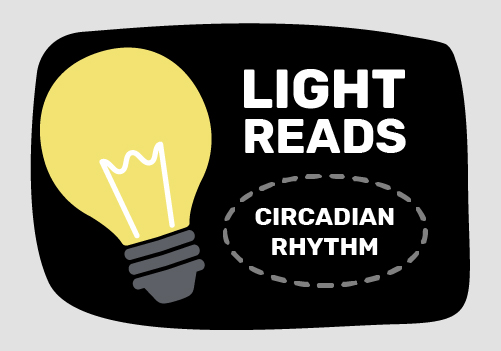The influence of lighting on mood and well-being is well documented. With aircraft interior lighting, it’s about creating an overall relaxed ambience within the cabin, as well as paying careful attention to how key periods of time within the flight – like boarding, meals and sleeping – are lit.
Flying is often a disruption to a passenger’s normal routine, and with disruption can come discomfort. Lighting is one of the simplest and best ways for airlines to create an environment where a passenger can relax and feel comfortable, and can also be used to give the brain subtle prompts that can help to lull the body back into a sense of routine, even lessening the effects of jet lag.
A great example is how lighting can aid the transition from wakefulness to sleeping and back again. Cobalt Spectrum LED lights can be programmed to mimic natural sunrises and sunsets, gradually filling the cabin with soft orange hues in the morning and relaxing passengers with a soothing palette of lavender light when it’s time to sleep. Using lighting in this way, we can recreate the response that our bodies naturally have to these events.
When it comes to designing a lighting system to help passengers adjust to the cabin environment, it’s not only colour that is key: timing is also really important. A scene might incorporate the perfect shade of sunrise yellow to refresh passengers after a restful sleep, but if they’re rudely awakened by it flooding the cabin after spending a night in near darkness, they’re not going to feel particularly refreshed, relaxed or happy. Lighting transitions need to be smooth and subtle to be effective.
However, a good “night’s” rest when flying isn’t just about what happens in the seconds before and after sleep. For many passengers, part of their usual evening routine is having a meal and then winding down before heading for bed. Lighting can help here too: Cobalt Spectrum lighting systems are often designed to include a ‘dining’ scene, which uses warm white light to stimulate appetite and make food look appetising. Metabolism is proven to be a significant factor when it comes to jet lag, and lighting can help encourage the brain to recognise this integral part of an evening routine, leading to a restful sleep.
Since early 2018, we’ve been retrofitting the Aer Lingus fleet with Cobalt Spectrum – our class-leading LED cabin lighting units. Passengers can now experience unique mood lighting settings that perfectly complement the Aer Lingus brand and help to improve passenger well-being by minimising the effects of jet lag. We worked with Aer Lingus closely to identify lighting scenes to create the perfect ambient environment for guests, testing thousands of colour variations in the process and taking into account the furnishings, food, cabin crew uniforms and more. Whether travelling short or long haul, passengers can benefit from colours selected to prioritise their well-being during every phase of the flight. Not only do Aer Lingus have a curated selection of lighting scenes that ensure their cabin is as versatile as possible, but passengers now arrive at their destination more energised than ever.


